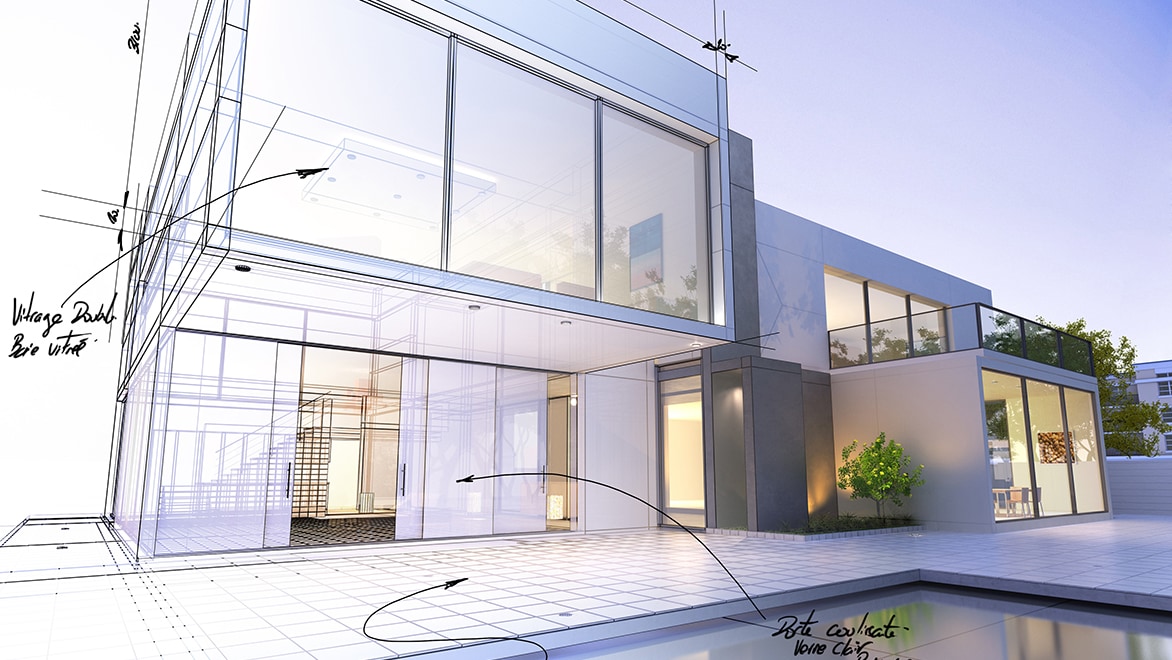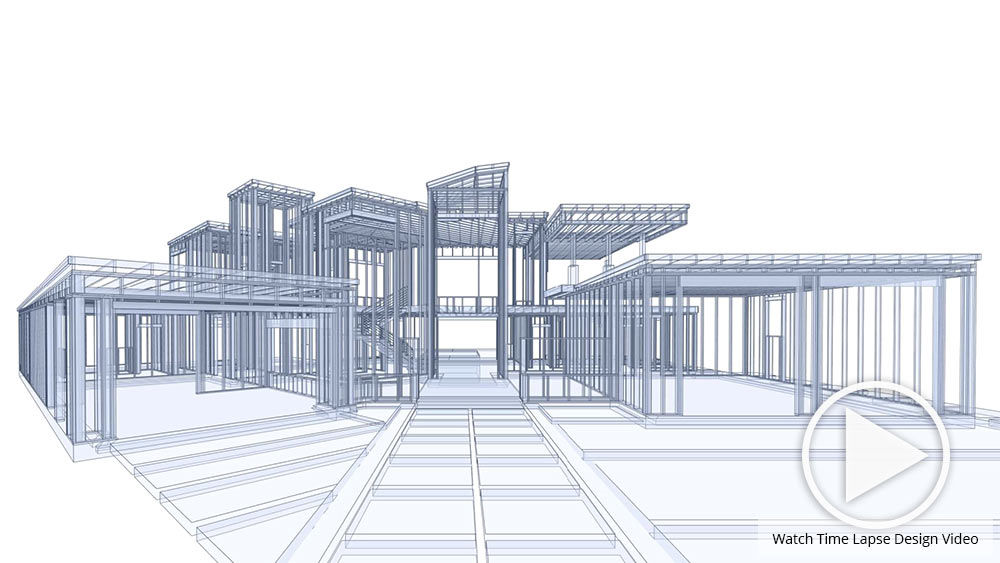The Impact of Technological Advancements on the Style Practices of Contemporary Architects
The fast evolution of technical devices has significantly improved the style landscape for modern designers, fostering extraordinary levels of development and sustainability. Checking out these dynamics discloses a nuanced interplay in between technology and traditional design approaches, prompting a more detailed exam of what the future holds for architectural methods.
Advancement of Architectural Equipment
Just how have building tools transformed the design and building and construction processes over the centuries? The evolution of architectural tools has substantially impacted the performance, accuracy, and creative thinking of layout and building and construction.
With the development of the Renaissance, the introduction of the compass and the protractor marked a crucial change. These tools enabled engineers to accomplish greater precision in their styles, helping with the emergence of even more elaborate and proportionate structures. The Industrial Transformation further changed architectural exercise with the intro of mechanized devices and materials, permitting bigger and much more enthusiastic jobs.
In the 20th century, the development of computer-aided layout (CAD) software changed the landscape once more, providing designers with unprecedented capacities in modeling and visualization. Today, advanced devices such as Building Info Modeling (BIM) and parametric design software application remain to press the boundaries of architectural innovation, allowing a more integrated strategy to design and building and construction processes.
Boosted Partnership in Layout
As technology remains to evolve, improved cooperation in style has actually become a foundation of modern building practice. The combination of electronic tools such as Building Info Modeling (BIM), cloud-based systems, and progressed visualization software application has actually changed the means architects, engineers, and stakeholders engage throughout the layout process. These tools assist in real-time interaction, allowing teams to share ideas, adjustments, and comments immediately, despite geographical area.

Furthermore, interdisciplinary partnership has been streamlined with these technological developments, allowing architects to work a lot more carefully with other experts, such as urban organizers and environmental specialists. The result is a much more natural strategy to develop that takes into consideration numerous point of views and experience. Eventually, enhanced cooperation in style is not merely a fad; it is vital for creating cutting-edge, functional, and cosmetically pleasing design in an increasingly complicated world.
Sustainability Through Innovation
Sustainability in style has actually increasingly ended up being linked with technical development, driving the market towards environmentally liable techniques - cda architects. Contemporary architects are leveraging sophisticated modern technologies to minimize environmental effect while improving the efficiency of structures. One noticeable example is making use of Building Info Modeling (BIM), which enables specific planning and resource allotment, minimizing waste throughout construction and promoting energy efficiency throughout a building's lifecycle
Furthermore, wise materials and energy-efficient systems are being incorporated right into styles to enhance source use. Technologies such as photovoltaic or pv cells and environment-friendly roofing systems harness renewable resource sources, adding to decreased carbon footprints. Furthermore, the application of man-made knowledge in style processes allows designers to mimic and examine power usage, directing choices toward more lasting end results.
The assimilation of sustainable innovations not only aligns with international ecological objectives however also meets a raising need from consumers for environment-friendly services. As architects welcome these innovations, the emphasis moves towards developing areas that are not only aesthetically pleasing yet likewise functionally sustainable, therefore redefining the requirements of contemporary architecture. In this way, modern technology acts as a catalyst for sustainability, enabling engineers to create buildings that regard and improve the native environment.
Obstacles in Application
While technological innovations in design hold fantastic promise for boosting sustainability, their implementation often comes across considerable obstacles - cda architects. One main obstacle is the high knowing contour connected with brand-new technologies. Engineers and building professionals might require considerable training to successfully utilize sophisticated software and devices, which can postpone project timelines and boost costs
Furthermore, the integration of emerging modern technologies, such as Building Details Modeling (BIM) and lasting products, often requires cooperation across multidisciplinary teams. This partnership can be prevented by differences in experience, workflows, and communication designs, bring about possible conflicts and ineffectiveness.
Financial restrictions better make complex the fostering of innovative technologies. Numerous architectural firms, especially smaller sized ones, might do not have the sources to purchase cutting-edge tools, limiting their capability to take on bigger companies that can manage such financial investments.
In addition, regulatory frameworks and building ordinance may not keep pace with technological developments, producing obscurity and potential conformity issues. This challenge can discourage architects from fully embracing new modern technologies, as the threat of non-compliance Discover More Here might surpass the advantages. Consequently, resolving these execution obstacles is critical for the effective assimilation of technical improvements in contemporary architectural practices.
Future Fads in Design
The challenges related to the execution of new technologies in design have motivated a reevaluation of future patterns within the industry. As engineers navigate issues such as sustainability, urbanization, and social equity, they are significantly embracing cutting-edge innovations to improve layout effectiveness and ecological efficiency.
One prominent fad is the combination of artificial knowledge view it (AI) in the design procedure. AI tools can assess large datasets to educate style decisions, improving both creativity and capability. Likewise, Structure Info Modeling (BIM) remains to advance, allowing real-time collaboration amongst stakeholders and helping with structured job management.
Sustainable design methods are also getting momentum, with designers concentrating on adaptive reuse and regenerative style concepts that lessen resource intake and waste. The unification of clever materials and renewable power sources will certainly further improve the resilience of structures when faced with climate adjustment.

Conclusion
Technological innovations have actually substantially reshaped architectural layout methods, helping with enhanced accuracy, partnership, and sustainability. The combination of tools such as Structure Info Modeling and parametric style software, alongside artificial knowledge and wise materials, encourages designers to deal with complex difficulties better. While implementation might provide certain you could try here barriers, the ongoing development of these technologies guarantees to drive development in style. Future patterns will likely further stress sustainability and effectiveness, eventually redefining the built setting.
Comments on “The Creative Refine Behind Effective Tasks from CDA Architects”